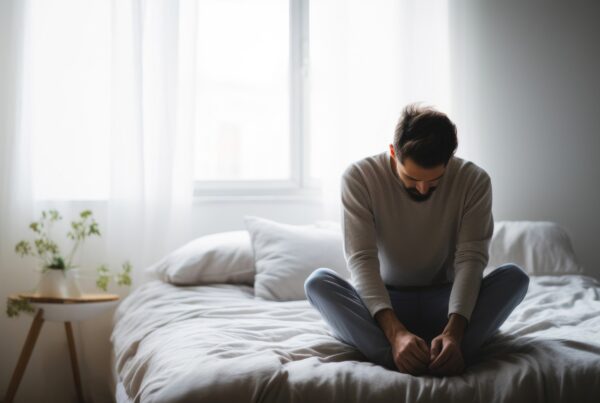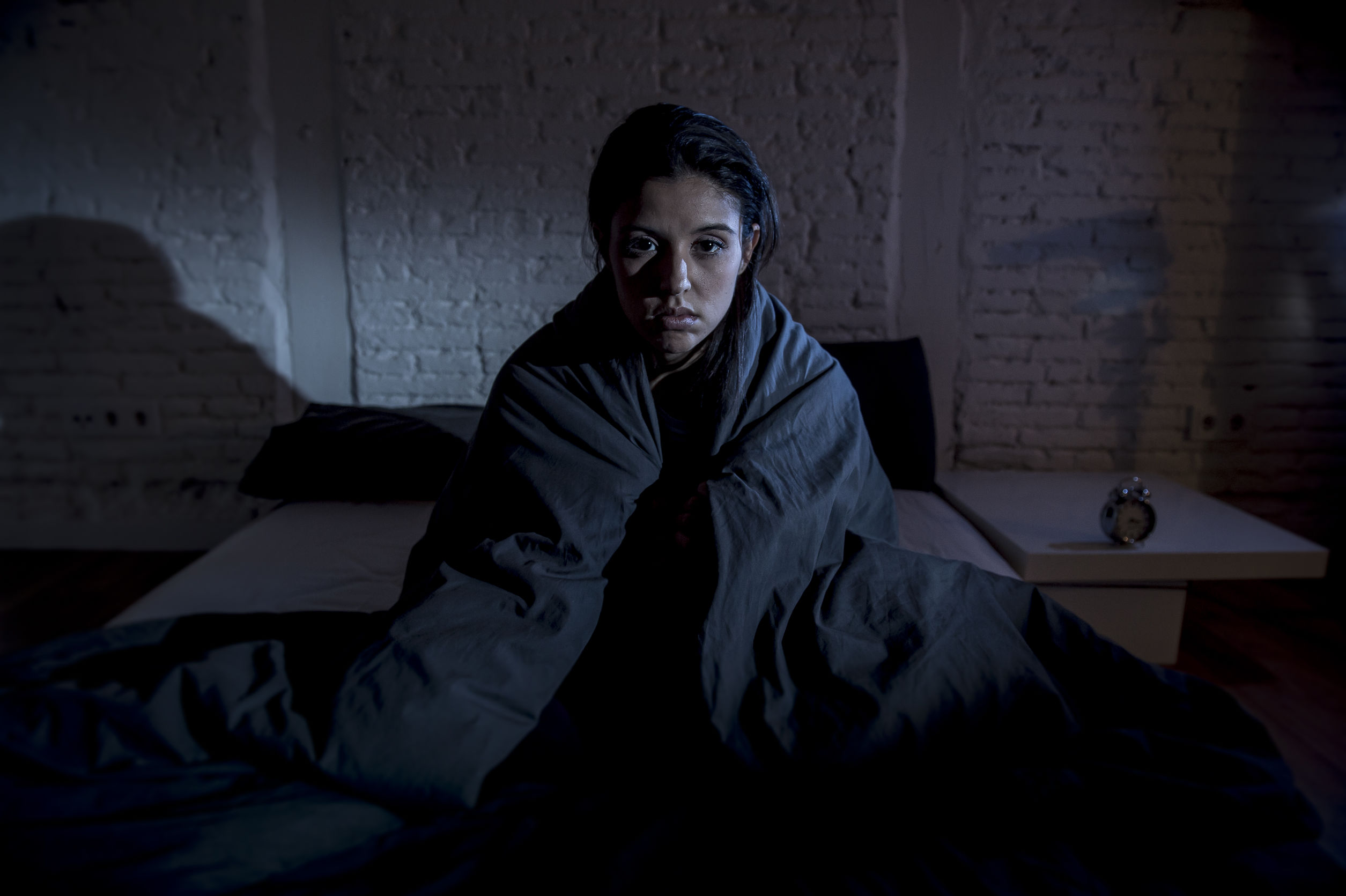”Connecticut, do you ever stop to think about just how sleep happens? Sleep occurs through two biological mechanisms: the sleep-wake homeostasis and circadian rhythm. This week's article discusses these systems in detail. We hope you learn something new about sleep!
Ernest Hemingway
Reading Time: 5 Minutes
MWi Hacks:
- The two separate biological mechanisms that result in sleep
- How and why the “pressure to sleep” is generated
- The role the biological clock plays in regulating the body’s functions
MWi Summary:
- Sleep occurs through two biological mechanisms: sleep-wake homeostasis and circadian rhythm.
- Adenosine is a sleep-regulating substance our bodies produce. The longer you stay awake, the more adenosine builds up and the more we want to sleep.
- Melatonin and cortisol are sleep-regulating hormones in our circadian rhythm. Melatonin causes drowsiness and cortisol causes wakefulness.
Understanding what makes us sleep and how it happens begins with two separate biological mechanisms: sleep-wake homeostasis and the circadian rhythm. These two mechanisms have their own functions, but their interplay results in your wakefulness and sleepiness.
Sleep-wake homeostasis generates an increasing pressure to sleep over the course of the day.
The circadian rhythm generates a decreasing drive for alertness over the course of the day.
The circadian rhythm combats the pressure from the sleep-wake homeostasis mechanism until a window in the evening called the “sleep gate”. During this window, the pressure to sleep is far greater than the alertness generated by the circadian rhythm eventually resulting in sleep.
How sleep-wake homeostasis works
The “pressure to sleep” generated by sleep-wake homeostasis is a sleep-regulating substance called Adenosine. Adenosine is a nervous system depressant produced as a byproduct of cellular power production.
The longer you stay awake, the more Adenosine builds up in your brain. The greater the buildup, the more you desire sleep.
When you sleep, Adenosine is flushed from the brain and you wake up with less of a desire for sleep (despite that urge to press the “snooze” button). When you don’t sleep enough, the Adenosine hasn’t been completely cleared from your brain.
Imagine a cleaning crew coming into your office. This cleaning crew needs about 7 to 9 hours to clean everything but for the past week or two, they’ve only been given 5 or 6 hours to do the same amount of work. This means areas are left uncleaned, tasks are left undone, and the office gets messier everyday it’s used.
The office mess is the lingering Adenosine in your brain. It makes you feel groggy and fatigued, getting worse with continued sleep restriction.
Just like a single opportunity to clean for 8 hours isn’t enough to deal with the built-up office mess, a single night of good sleep isn’t getting rid of your fatigue. When you don’t get adequate sleep, you develop a “sleep debt”. It takes time to catch up on the missed sleep as the functions of the body need to deal with extra clean-up, as well as the continued daily buildup.
The key takeaway? We need 7 to 9 hours of sleep consistently and “catching up” when you miss a few hours takes more than a single night of good rest.
MWi would like to thank Fatigue Science for sharing this article to support our community. To find out more about Fatigue Science follow this link:
https://www.fatiguescience.com/applications/military-fatigue-performance-management/






